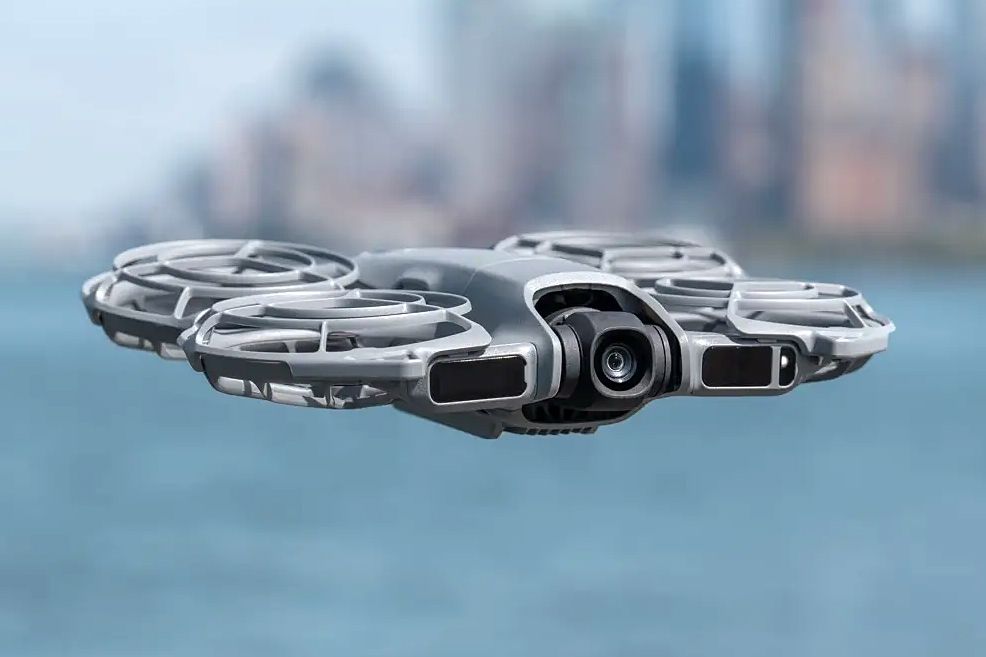DJI just dropped the Neo 2 selfie drone exclusively in China, and it's fixing everything wrong with the original. The $211 upgrade adds LIDAR-powered obstacle avoidance, gesture controls, and nearly 50% longer flight time - turning what was essentially a flying camera into something that actually thinks before it flies into a tree.
DJI is taking another swing at the selfie drone market, and this time they're not messing around. The Neo 2, launching exclusively in China, fixes practically every complaint users had about the original $199 model that hit shelves last September.
The biggest upgrade is intelligence. Where the original Neo was basically a flying brick that hoped for the best, the Neo 2 actually sees what's coming. DJI packed forward-looking LIDAR sensors and downward-facing infrared into the 151-gram frame, creating an obstacle avoidance system that rivals what you'd find on much pricier models. It's not as sophisticated as the sensor arrays on DJI's professional drones, but it's enough to keep you from explaining to your insurance company why there's a drone stuck in your neighbor's chimney.
Speed demons will appreciate the performance bump. The Neo 2 can now track subjects at 12 meters per second - nearly 27mph - compared to the original's sluggish 18mph top speed even after firmware updates. More importantly, it handles wind like a grown-up drone. While The Verge's original Neo review noted how the first model would drift around like a lost tourist in even mild breezes, DJI claims the Neo 2 maintains stable hover in winds up to 24mph.
The gesture controls are where things get interesting. Instead of squinting at tiny LED patterns on top of the drone, users can now wave their hands to reposition the Neo 2 mid-flight. A small screen replaces the cryptic light show, actually telling you what mode you're in. It's the kind of obvious improvement that makes you wonder why the original didn't have it.
Battery life gets a serious upgrade too. The 1,606mAh pack delivers up to 19 minutes of flight time, while onboard storage doubles to 49GB. The camera setup keeps the same half-inch sensor but adds a dual-axis gimbal for steadier shots and can now capture 4K footage at 60fps - or push to 100fps during manual control.
This puts DJI in direct competition with HoverAir's X1, and the pricing tells the whole story. At 1,499 Chinese yuan ($211), the Neo 2 undercuts HoverAir while delivering features their entry-level model can't match. is also offering bundles - $282 gets you extra batteries and a multi-charger, while $521 includes the motion controller and Goggles N3 headset.











